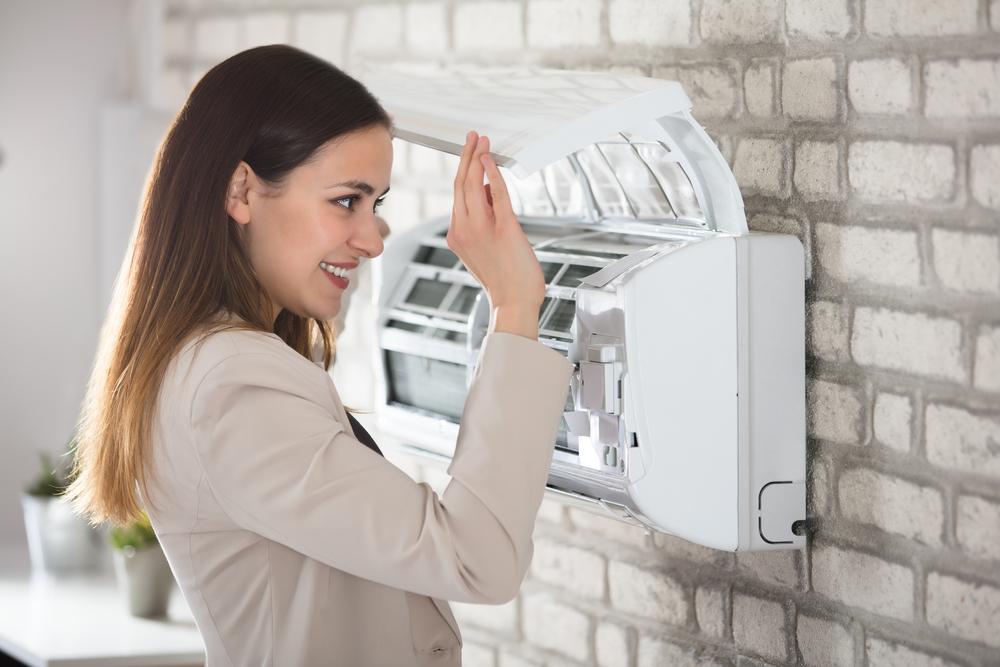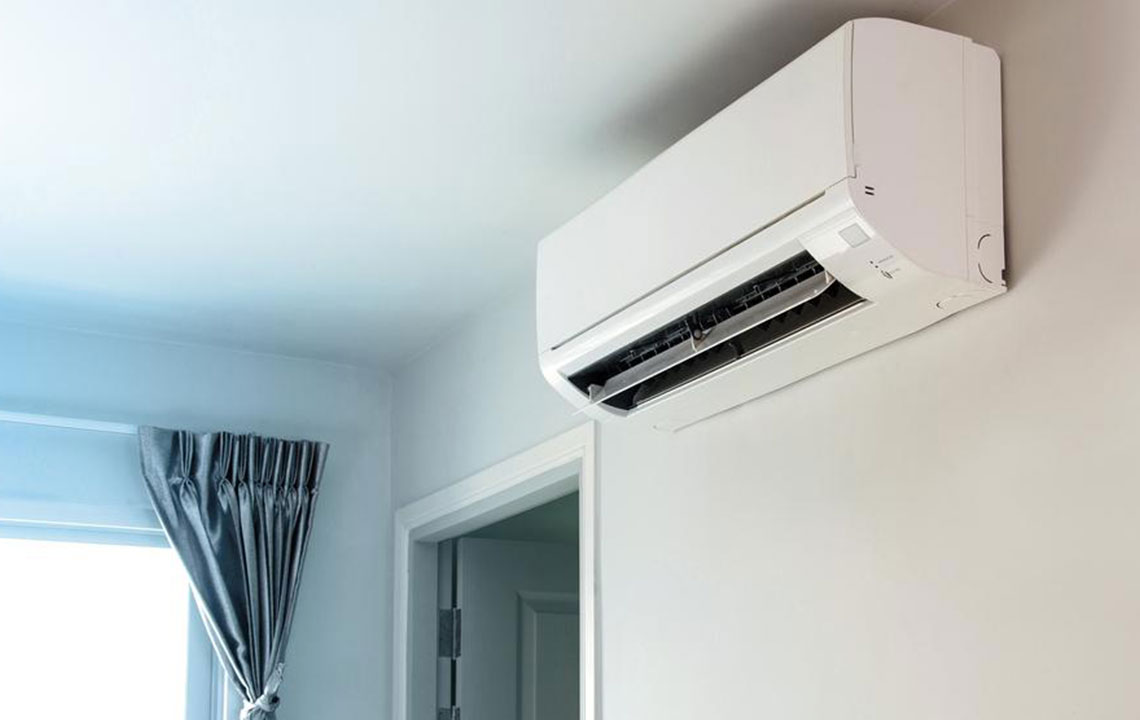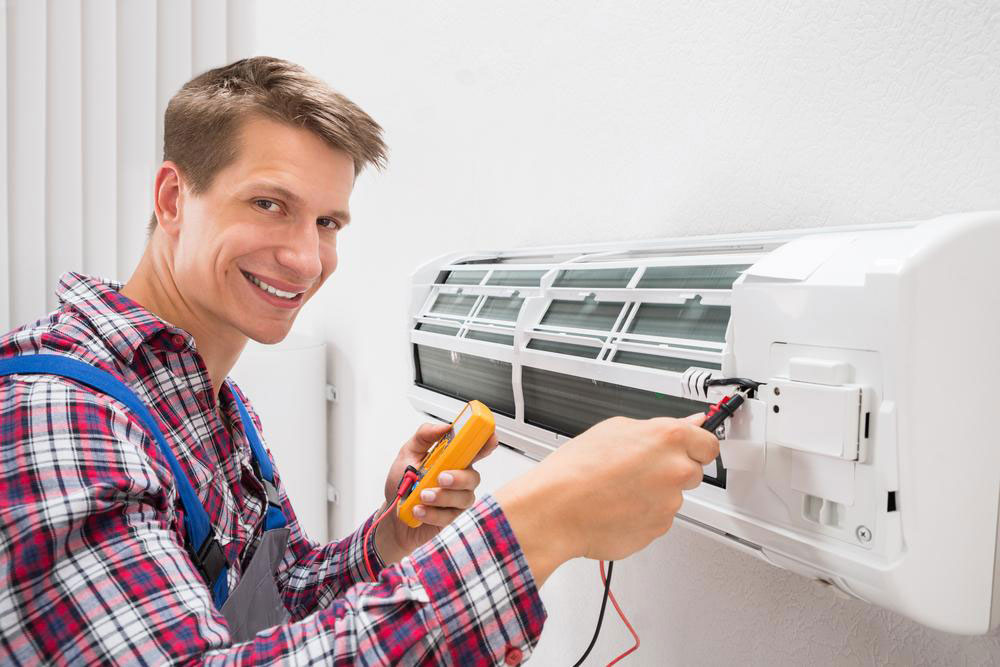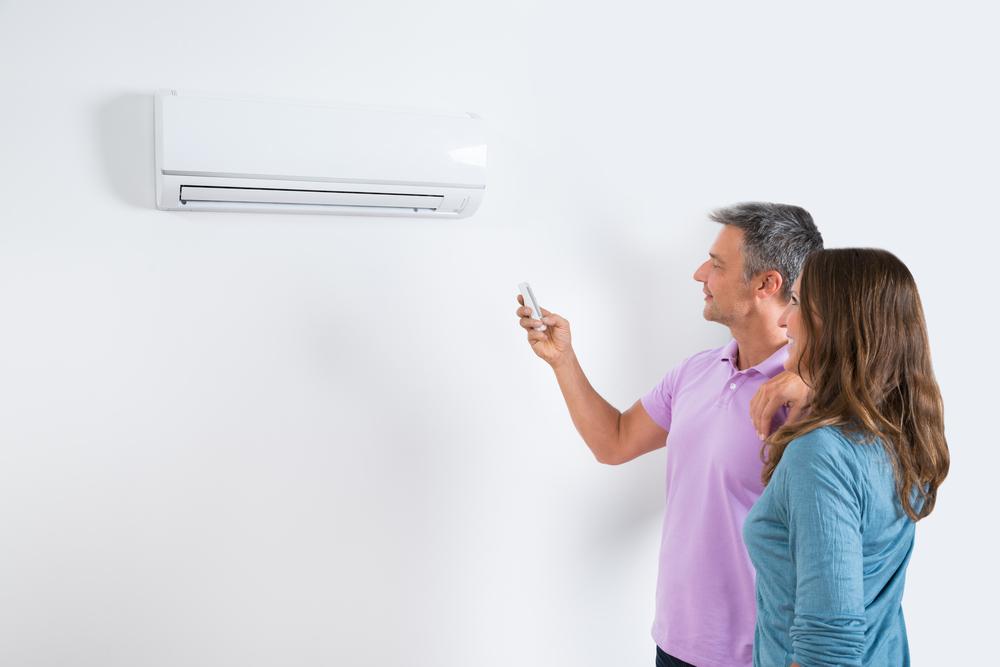Portable Air Conditioners: A Convenient Cooling Solution That May Require No Installation
As summer temperatures soar, finding ways to stay cool becomes a top priority. While traditional air conditioning systems provide effective cooling, they often require professional installation and permanent fixtures, which can be expensive and time-consuming. However, portable air conditioners offer a fantastic alternative, providing cooling relief without the need for complex installations.
In this article, we will explore portable air conditioners that may require no installation, their benefits, features, and key considerations to help you choose the right model for your needs.

What is a Portable Air Conditioner (No Installation)?
A portable air conditioner is a self-contained cooling unit that can be moved from room to room. Unlike traditional window units or central air conditioning systems, portable air conditioners do not require any permanent installation. They are designed to cool small to medium-sized spaces with minimal setup.
To operate, a portable AC unit needs to vent the hot air it generates out of the room. This is typically done through an exhaust hose connected to a window vent kit. The process is simple and requires no professional installation, making these units an attractive option for renters, small spaces, or people who prefer a more flexible cooling solution.
Benefits of Portable Air Conditioners That May Require No Installation
Portable air conditioners offer several advantages, especially when compared to traditional systems that require installation. Here are some of the key benefits:
- Ease of Setup
One of the most significant advantages of portable air conditioners is that they are simple to set up. There is no need for drilling, electrical wiring, or permanent modifications to your home. Most models come with an exhaust hose and window kit, allowing you to easily vent the hot air out of the room. All you need is a window or sliding door to place the vent and a power outlet.
- Portability
Portable air conditioners are designed to be moved from one room to another with ease. Equipped with wheels and handles, these units are ideal for homes with multiple rooms or for renters who need a cooling solution that can be relocated. This portability ensures that you can enjoy cool air wherever you need it.
- No Permanent Installation
For those who live in rented spaces or don’t want to make any permanent changes to their home, portable AC units are a great option. Unlike window or central air conditioning systems that require installation and alterations to the property, portable units can be set up and moved without any damage or commitment.
- Cost-Effective
Portable air conditioners tend to be more affordable compared to traditional cooling systems. They do not require the cost of installation, which can sometimes be expensive. Additionally, they are often more energy-efficient than central AC systems because they only cool the space in which they are used, reducing energy consumption.
- Versatility and Multi-Functionality
Many portable AC units come with additional features, such as dehumidifiers, fans, and even heating functions. This versatility makes them suitable for year-round use, keeping you cool in the summer and warm in the winter. They are an all-in-one solution for managing indoor climate.
Features to Consider When Choosing a Portable Air Conditioner
When selecting a portable air conditioner, several factors can influence the performance and efficiency of the unit. Below is a table outlining the key features to look for and their descriptions:
| Feature | Description |
| Cooling Capacity (BTUs) | The cooling capacity of an air conditioner is measured in BTUs (British Thermal Units). A higher BTU rating means the unit can cool larger spaces. |
| Energy Efficiency | Look for Energy Star-rated models to ensure energy-efficient operation and reduce electricity costs. |
| Noise Level (dB) | The noise level of portable AC units varies. Models with noise levels under 60 dB are considered quieter and more suitable for bedrooms. |
| Portability | Ensure the unit has wheels and handles for easy movement from one room to another. |
| Water Drainage System | Some portable ACs require manual drainage, while others come with self-evaporating systems that minimize maintenance. |
| Ventilation Hose Length | Make sure the hose is long enough to reach your window or venting area. You may need an extension kit for certain setups. |
| Dehumidification | Many portable units double as dehumidifiers, removing excess moisture from the air for a more comfortable environment. |
| Room Size Compatibility | Ensure that the unit is suitable for the size of the room you want to cool. Generally, 8,000–10,000 BTU units are good for smaller rooms, while larger rooms may need 12,000–14,000 BTUs. |
Top Portable Air Conditioners That May Require No Installation
Here is a selection of popular portable air conditioners that require minimal or no installation:
| Model | Cooling Capacity (BTUs) | Room Size | Noise Level (dB) | Energy Star Rated |
| Whynter ARC-122DS | 12,000 BTUs | 400 sq. ft. | 52 dB | Yes |
| BLACK+DECKER BPACT10WT | 10,000 BTUs | 300 sq. ft. | 55 dB | Yes |
| DeLonghi Pinguino PACAN120EW | 12,000 BTUs | 500 sq. ft. | 53 dB | Yes |
| Honeywell MN10CES | 10,000 BTUs | 350 sq. ft. | 52 dB | Yes |
| LG LP1419IVSM | 14,000 BTUs | 700 sq. ft. | 52 dB | Yes |
Things to Keep in Mind When Using a Portable Air Conditioner
While portable air conditioners are convenient, there are a few things to keep in mind to ensure optimal performance:
- Ventilation
Proper ventilation is essential for a portable air conditioner to function efficiently. The unit needs to expel hot air out of the room, so be sure that the exhaust hose is securely attached to a window or opening. Ensure there are no obstructions that could block airflow.
- Maintenance
Although portable air conditioners are easy to use, regular maintenance is necessary for optimal performance. Clean or replace filters regularly, check the drainage system, and keep the unit free from dust and debris to maintain efficiency.
- Room Size
Choose a portable AC with the right cooling capacity for the room you intend to use it in. A unit with too few BTUs will struggle to cool a large room, while a unit with too many BTUs may cool the room too quickly and cycle on and off too frequently, reducing efficiency.
Portable air conditioners that require little to no installation are an excellent solution for cooling spaces with minimal effort. Whether you’re a renter, a frequent traveler, or simply looking for a cost-effective cooling solution, portable air conditioners offer flexibility, energy efficiency, and convenience. With a variety of models available, it’s important to choose one that meets your specific cooling needs.
By considering factors like cooling capacity, energy efficiency, portability, and room size, you can find the perfect portable air conditioner that suits your lifestyle and keeps you cool all summer long.
For more information on portable air conditioners and to browse different models, check out the following links:
- Whynter Portable Air Conditioners
- BLACK+DECKER Portable ACs
- DeLonghi Pinguino Portable AC
- LG Air Conditioners




